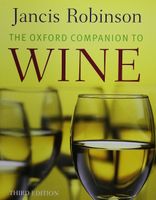Advertisement
Artificial ageing
Published 2006
This winemaking technique has been practised with varying degrees of enthusiasm according to the demands of the market. Current fashion dictates that wine should be as ‘natural’ as possible (and, increasingly, that it should be youthful rather than mature), and so very few table wines are ever subjected to artificial ageing (even if many modern winemaking techniques such as micro-oxygenation are in fact designed to hasten some natural processes). Wine can be artificially aged by exposing it to oxygen or extremes of temperature, by shaking it to encourage effects of dissolved oxygen, or by exposing it to radiation or ultra-sonic or magnetic waves. The making of madeira and some other rancio wines deliberately incorporates exposure to high temperatures, while storing wine in some modern domestic conditions can expose wine to high temperatures rather less deliberately.


